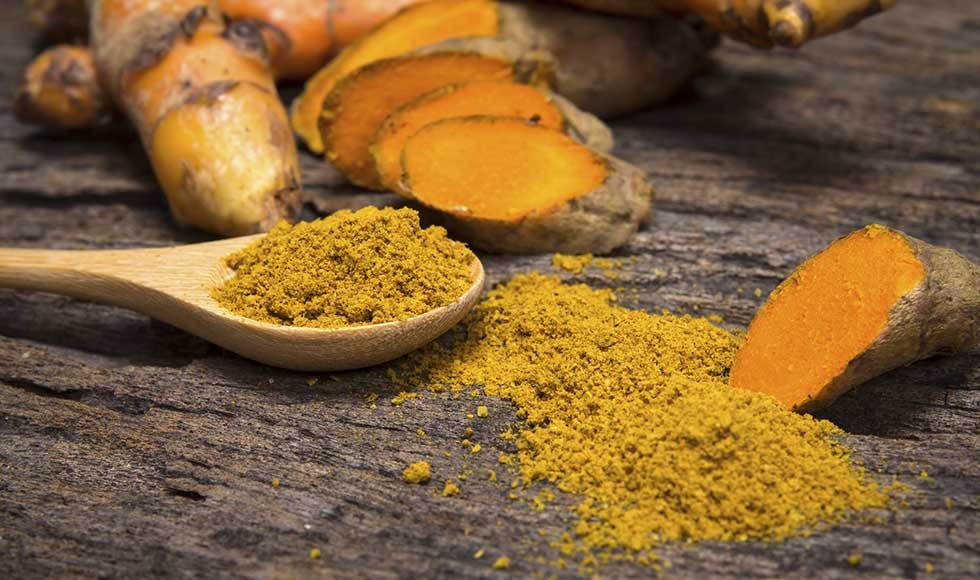
- Health hub/
- Tips & Advice on Improving your Brain Health/
- Taking the strain out of migraine


If you’ve ever suffered a migraine, you’ll be keenly aware of the nasty knack it has for stripping the colour from your day—or, in some cases, your week or month.
According to Headache Australia, an initiative of the Brain Foundation, migraine affects 17 per cent of women and 6 per cent of men.
Why the gender imbalance? Because females experience greater hormonal fluctuation, which is understood to act as a key trigger for migraine (in fact one UK study found 50 per cent of women are more likely to experience a migraine around menstruation).
As naturopath Stephanie Donougher explains, other triggers include stress, skipping meals, certain food and drinks, disrupted sleep patterns and some medications (such as the contraceptive pill).
“Essentially migraine is caused by the interaction between the brain and the cranial blood vessels,” says Headache Australia. “Treatment can be aimed at constriction of dilated arteries to abort each headache as it comes, or at the brain itself in an attempt to prevent headaches altogether.”
Natural medicine favours the latter—its golden child being the herb feverfew, a member of the sunflower family with a folk medicine history of treatment for menstrual irregularities, stomach aches and asthma (though these conditions don’t form its main applications in modern naturopathy).
As the University of Maryland in the USA says, feverfew’s migraine-relieving activity is most likely due to parthenolide, an active compound that helps relieve smooth muscle spasms and prevent the constriction of blood vessels in the brain. Feverfew also inhibits some compounds that cause inflammation, the university advises.
Various studies support its effectiveness, according to the university. A survey of 270 migraines sufferers in Britain revealed 70 per cent felt ‘substantially better’ after taking an average of 2-3 feverfew leaves daily. Another three-month study of almost 50 subjects—involving a combination of feverfew, magnesium and vitamin B2—yielded a 50 per cent decrease in migraine attacks.
“Magnesium levels have been shown to drop right before migraines,” says Donougher, who advises that good food sources of the mineral include dark leafy vegetables, nuts, seeds, wholegrain cereals, legumes and cocoa.
References available on request




